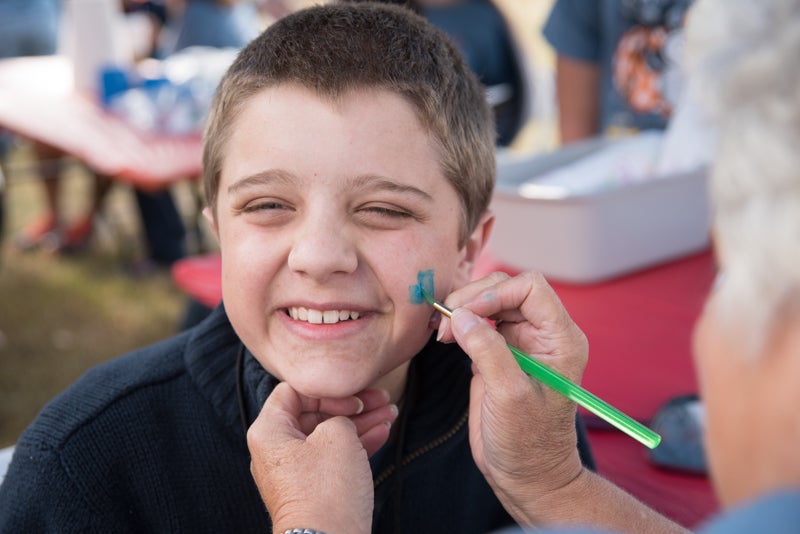British singers invade Inverness
Published 12:00 pm Wednesday, June 24, 2009
On the morning of June 18, a crowd gathered at the First Christian Church on Valleydale Road for the annual Sacred Harp Convention. I introduced myself to Ruth Steggles of Nottingham, England.
“We’ve come to sing with all the lovely people”, she said with a smile. Jacqui Selby MacLeod from Middlesex nodded in agreement.
Steggles explained Sacred Harp history, saying, “After 1650, music known as West Gallery was sung in churches, which evolved into Sacred Harp. After our ‘little disagreement’ [Revolutionary War], settlers in America developed their own style from those roots. We’re here to sing God’s praises.”
Around 250 attendees hailed from half the states in the United States, plus United Kingdom, Belgium.
Singers were all ages, from teens upward.
In the world of Internet and Twitter, these convening singers of ancient hymns had cell phones slung from belts. A wave of music swelled, a cappella voices singing four-part harmony with cadence, sounds and words emerging from the Elizabethan age. Their exuberance felt contagious.
The Sacred Harp hymnal contains 600 songs arranged by B.F. White in 1846. Included are songs by Isaac Watts, Charles Wesley. Each hymn is a sermon. Bible texts precede lyrics, which seem like a prayer response to the verse.
There’s an art to shape note singing, or “Fa so la,” as it’s called. This began in America when “masters” went around teaching illiterates, mostly in the rural south. A leader beats out rhythm, pitch is given, and fortissimo singing reverberates from rafters. First the song is performed in shape note, and then lyrics.
Now an Isaac Watts hymn was selected. I noted its corresponding Bible text: “Hereafter you shall see heaven open, and the angels of God ascending and descending upon the Son of Man,” John 1:51 NKJV. The singing commenced. “How long, dear Savior, O’ how long shall this bright hour delay?”
Finally they sang one I knew, “How Firm a Foundation.” After the shape notes were sung, I joined in on ancient words, and was thankful for Christians who faithfully kept hope’s light burning through music.
Ruth Steggles of Nottingham was announced and stood to lead “The Rock that is Higher than I.”
Voices echoed off ceiling, blending with warm sunlight that reflected through stain-glass windows depicting Jesus Christ’s earthly journey.
The world may be unraveling like an old sweater, but inside was a sanctuary of joyful praise.
Gladys Sherrer can be reached by e–mail at
gsherrer@hotmail.com.






